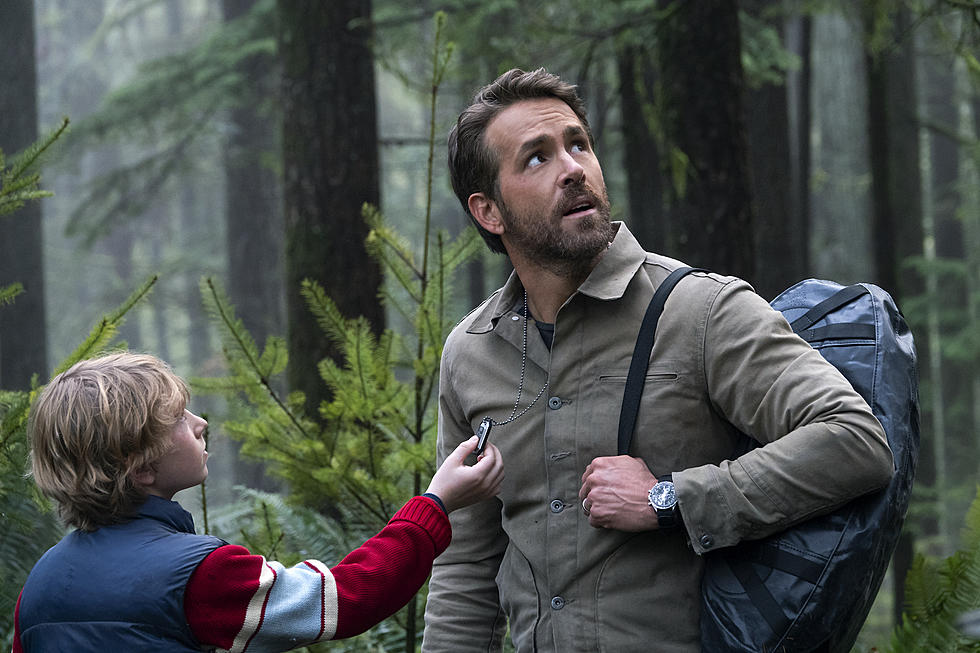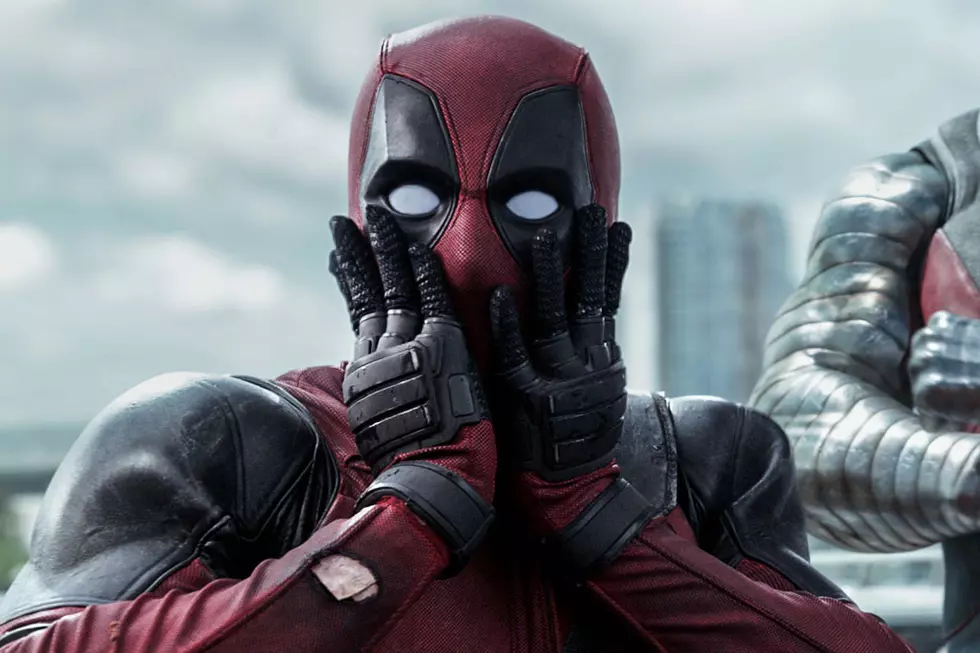
‘The Adam Project’ Review: A Frustrating Time-Travel Fantasy
The Adam Project is close enough to being a good movie that it’s actually more frustrating than an outright stinker. It boasts a promising premise, some really strong opening scenes, and a cast good enough to deliver a warm and funny movie about the passage of time and the pain of growing up. But the movie doesn’t even reach the halfway point before it pretty much abandons any interest in human emotions and turns into yet another Netflix sci-fi adventure with a lot of forgettable fight scenes and special effects. How many bland dystopias does one streaming service need?
This is a story about time travel, and specifically about a man who journeys into his own past and encounters himself as an obnoxious kid. While the early scenes had me thinking about what it would be like to meet myself at 12 years old, by the end of The Adam Project the story had lost me so completely that I instead began fantasizing about all the good this kind of time travel technology could do in the hands of filmmakers who botched really promising ideas, starting with this one.
That came later. First came the scenes introducing the younger version of our hero Adam, played by Walker Scobell. He doesn’t look much like Ryan Reynolds, but somehow that’s who he grows up to be. (They do, at least, share the exact same snarky sense of humor.) Adam is picked on at school and mostly spends his time at home playing video games. His dad (Mark Ruffalo) is not around, and his mom (Jennifer Garner) finds herself totally unable to connect with her moody, lonely son.
One night while young Adam’s mom is out on a date, the adult Adam shows up at his childhood home, bleeding and rambling about a mission to find a loved one from the future who is lost in the past — a mission that eventually involves recruiting their absent father to help them destroy an evil tech magnate (Catherine Keener) who used time travel to turn the year 2050 where Ryan Reynold’s Adam is from into a nightmarish hellscape.
In a movie like this, you want time travel to serve as an excuse for all these characters to talk to one another, the way they do in the far (far) superior Back to the Future. Occasionally, that does happen; Reynolds and Garner share a surprisingly emotional conversation about mothers and sons where he advises her how to deal with the young Adam without ever revealing his true identity. Mostly, though, the time travel serves as an excuse for Ryan Reynolds to fight generic bad guys — literally faceless, nameless dudes in black armor and helmets — with a high-tech lightsaber.
Not one scene after that tender exchange between Reynolds and Garner all of the budding character dynamics get chucked to the wayside to make room for an enormous dump of sci-fi exposition and fighting. Suddenly The Adam Project is not a movie about Ryan Reynolds traveling into the past to right a wrong and reconnect with people he’s lost; it’s this massive race to save the entire timestream and there are spaceships and robots and supercolliders and surprisingly shoddy de-aging special effects.
(By the way, Garner’s character basically vanishes from the movie at this point. After her biggest scene, she has maybe five minutes of inconsequential screentime through the rest of The Adam Project. That’s it. All that advice the adult Adam gave her is forgotten, along with most of the emotional stakes.)
One major issue with turning The Adam Project into a chase picture is that the entire second half of the movie hinges on the Adams fixing the future of 2050, a place we never see beyond a brief prologue. In other words, its problems are entirely theoretical. Imagine The Terminator without the horrific “Future War” sequence that reveals the nightmarish world that Kyle Reese is fighting to prevent from ever coming to pass. That makes all The Adam Project’s stunts and action feel even less consequential than they otherwise might have — and make the fact that the film stops focusing on the relationships between the Adams and their parents even more aggravating, since these people and their problems are right there in front of us on the screen, but the film doesn’t have time to deal with them because it’s too busy trying to fix this future that’s apparently so awful director Shawn Levy couldn’t be bothered to show it to us.
Another problem is that when the film does actually slow down for a minute or two and let the characters speak to one another, it cribs too many emotional moments from other movies. The big climactic catharsis might feel less schmaltzy, for example, if it wasn’t ripped off directly from the big climactic catharsis of another movie about families and time travel. (I’m not going to spoil it, but you will absolutely recognize it when you see it.) The Adam Project is also overloaded with classic rock needle drops, supposedly because the Mark Ruffalo character liked Boston. But he never listens to classic rock within the story, and there’s no other reason to use it as sonic wallpaper in a movie set entirely in the present. It just comes across as yet another ripoff from other, better science-fiction movies — in this case, Guardians of the Galaxy.
This movie is not entirely worthless. Reynolds and Scobell have amusing chemistry together that evokes a lot of ’80s buddy comedies in a fresh way; here is a movie about the tired trope of mismatched partners where the mismatched partners are actually the same person. And I was particularly moved by Mark Ruffalo’s big speech to the Adams at the end of the film. A movie that was really invested in the connection between this father and his son could have been very special. But this is not that movie.
RATING: 5/10
The Worst Netflix Movies of 2021

More From 98.3 KEYW










